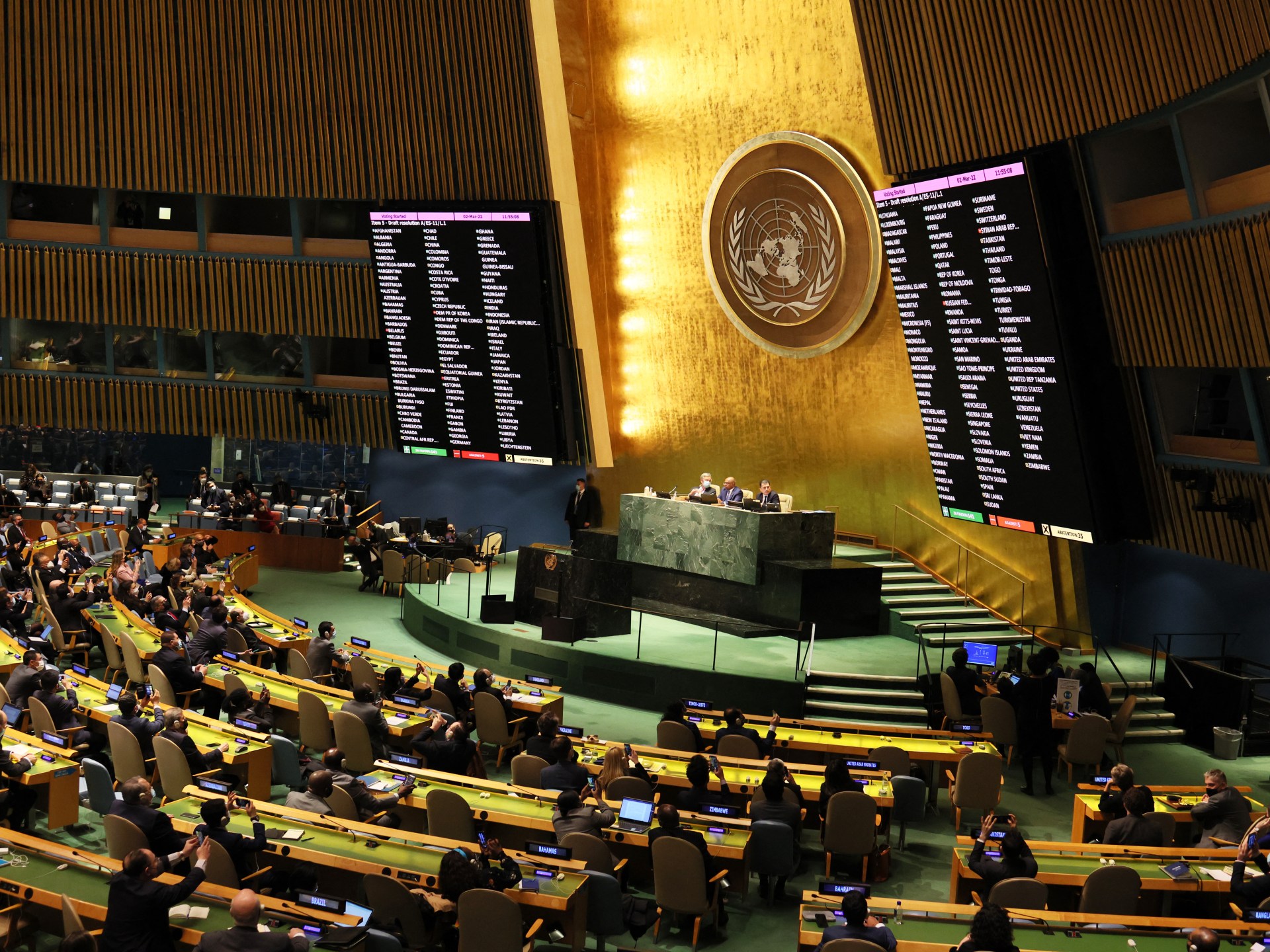- Components for pagers used in Lebanon blasts not from Taiwan, minister says
- Companies face risk of huge fines and suspensions under tough new cyber rules in the EU
- Britain's ultra-wealthy are threatening to exit en masse ahead of proposed tax changes
- Japan's Nikkei leads gains in Asia Pacific after Wall Street soars; BOJ and PBOC hold rates
- Yen nurses losses as BOJ meets, dollar dogged by rate outlook

What’s in a name? Resistance to genocide
Shakespeare left us the much-quoted adage about the relationship between things and names. In his tragedy Romeo and Juliet, his character Juliet complains that her family won’t accept her lover Romeo and boils it down to his name: “What’s in a name? That which we call a rose / By any other name would smell as sweet.”
In essence, Shakespeare gives us the theory of the arbitrariness of signs long before the Swiss linguist Ferdinand de Saussure put it into writing. And, I do not disagree. But there are times when our sheer survival as individuals and communities seems to hinge on names. Like in the time of genocide.
The erasure of names inevitably accompanies genocide, as it did in my homeland Bosnia in the 1990s. When a force burns libraries and razes religious buildings, when it attempts to erase the very history of a people, it does not want to just get rid of their physical bodies. It wants to create oblivion of origins.
For me, the greatest symbol of this erasure is the water fountain my great-grandfather Fejzo Tuzlić made in an unremarkable spot mid-way between his native town Kotor Varoš and my hometown Banja Luka. Both towns lie in what is now called Republika Srpska, an entity which covers practically half the country and which the Bosnian-Serb nationalists got as a reward for their genocidal project in the 1990s.
You won’t find this spring in books or Google Maps, neither under its old name “Fejzina Česma” nor its new name, Zmajevac (Dragon’s Place). Its changing name symbolises everything we went through in the war, which we so stubbornly hang on to.

- September 20, 2024
Can Israel fight on two fronts?

- September 20, 2024
CIA officer who sexually assaulted dozens of women given 30-year sentence

- September 19, 2024
‘A disaster’: Homes lost, relatives missing in floods in northeast Nigeria

- September 19, 2024
Lebanese people talk about fears after pager and walkie-talkie explosions

- September 19, 2024
Storm Boris floods northern Italy as EU leaders to discuss aid in Poland

- September 19, 2024
Thailand to prosecute eight over 2004 Tak Bai deaths

- September 19, 2024
Australia’s social media ban for minors: Has this worked elsewhere?

- September 20, 2024
Video captures Israeli soldiers pushing dead bodies from roof

- September 19, 2024
UN demands Israel end occupation of Palestine: How did your country vote?

- September 20, 2024
Elon Musk is a threat to Brazil’s democracy

- September 19, 2024
Russia-Ukraine war: List of key events, day 937

- September 20, 2024
Israel intensifies air raids on southern Lebanon amid escalation fears

- September 19, 2024
Lebanon blasts raise alarm about supply chain security, safety of tech
Subscribe to our mailing list to get the new updates!

Subscribe our newsletter to stay updated
Thank you for subscribing!

